With Havana Flights, Cuban Musicians Return to Bay Area
After Oakland airport begins Havana flights, Cuban musicians return to the Bay Area
By C. K. Hickey
Oakland North
In his tight black t-shirt and pants, the front man for David Calzado y su Charanga Habanera arrives on stage at Yoshi’s in San Francisco with a wave of rock star fanfare, breaching the musical border between the U.S. and his native Cuba.
His band moves from homage to Earth Wind & Fire—a band they’ve opened for in the past—to a polyrhythmic Latin jam. The dance floor fills and the crowd soon starts chanting:
“David, David!”
An artist specializing in the urban Afro-Cuban dance music called “Timba,” Calzado was twice voted his country’s most popular musician. He established a devoted following in the US in the late 1990s but was barred from touring here from 2001 to 2009 due to a tightening on the Cuban trade embargo.
For Cuban bands like La Charanga Habanera, doing business in the United States is a frustrating series of stops and starts. Going back to the Carter administration, each new American president seems to swing the pendulum back and forth between tolerance and hostility. And even under the more lenient periods, the trade-restricting United States embargo against Cuba—imposed 50 years ago by John F. Kennedy—still stands.
Under the rules of the embargo, Cuban musicians must follow a procedure of petitions, consulate interviews and State Department approval before a U.S. tour can begin. And once here, there are even more procedures over who gets paid and how much.
The U.S. Code of Federal Regulations prohibits Cubans from
“compensation in excess of amounts covering living expenses and the acquisition of goods for personal consumption,”
U.S. Trade Representative John Sullivan wrote in an email.
A year has passed since the Oakland airport lifted its travel ban to Havana. It’s now been three years since the administration of President Barack Obama issued a waiver easing economic sanctions and travel by Cuban artists. The importation of their music, brought to a near standstill in this country under former President George W. Bush’s foreign policy, shows signs of revival.
The Oakland airport initiated Havana flights for academic, religious, news gathering or humanitarian reasons, as reported by Oakland North last year. However, this does not include performers. A band can travel back and forth under the “public performance” category, but it must still be done on a case-by-case basis, according to San Francisco immigration attorney and Cuban music producer William T. Martinez.
The opening up of Oakland airport to Havana instead represents a larger trend: A unique cultural and political connection between Cuba and the Bay Area.
Martinez, for instance, specializes in delivering non-immigrant visas for performing artists. “Culture cures,” is his mantra—culture leads to communication between countries, and communication leaves everybody better off than before.
Soon after Obama waived some key embargo restrictions, Martinez launched a series of test cases with immigrant visas a couple of months after Obama’s inauguration.
“We were going to have an experiment to see how Obama wanted to handle travel,” he said.
Martinez and his associates started by seeking a visa for the musician Silvio Rodriguez. From there, popular groups such as Los Van Van and La Charanga Habanera followed throughout the rest of 2009 with their help.
Martinez was also instrumental in creating visa test cases for Cuban artists in 1994, prior to the vast Cuban music craze of the late 90s. His first case was for the rock fusion band Mezcla. Its founder, Pablo Menendez, was born in Berkeley before moving to Cuba.
“Right now it’s still an exciting opportunity for a lot of folks,” Martinez said.
“We haven’t seen an oversaturation point, but there are a lot of groups coming in.”
Among those groups is Havana D’Premiera, which launched its first-ever American tour with an appearance at Yoshi’s on April 27. Ticket demand was so high that the club’s management extended the band’s booking from four shows over two days to five shows over three days.
Since 2009, building an audience for these bands is a matter of
“word of mouth … and persistence,”
said Calzado through his translator, Giulianna Echevarria.
“And because the United States has a blockade, we’ve had to work twice as hard!”
La Charanga Habanera is up to 17 cities on their recent 2012 tour, including a first-ever appearance in Las Vegas.
Timba, like salsa, is a modernization of the Cuban “son” genre, but goes much farther in its harmonies, rhythms and forms according to Kevin Moore, the Santa Cruz-based editor-in-chief of Timba.com. The rhythm is fast and intense, and the music borrows liberally from a variety of other genres, including R&B, jazz, hip-hop, and even classical music. Bands typically feature electric keyboards, guitar, bass, congas, clave, a kick drum and a horn section.
Infertility in Women Problems related to the functioning of each of viagra sildenafil mastercard these systems. Some men in their generic levitra online twenties may also suffer from soft or weak erection. cheap viagra prices One can blame constant stress and peer pressure. That’s why a man is suggested to take kamagra only when tadalafil cipla you are intended to make love.
When given an audience, the music earns devoted fans. A musician himself, Moore was trying to write salsa arrangements with more interesting chord progressions when he traveled to Cuba in 1999. It was there he was first exposed to Timba.
As he remembers it, the musicians were expanding the harmonic and rhythmic palette far beyond anything he had ever dreamed.
“These guys studied classical, jazz, R&B … there was no reticence to throw in everything that they liked,” Moore said.
“I just went completely out of my mind.”
Moore spent the next 13 years studying Timba. He lugged a laptop capable of recording music into subsequent trips to Cuba and tried to apply what he learned within the Bay Area music community. He’s currently writing an ongoing series of Timba music books called Beyond Salsa.
One reason Cuban artists admire the Bay Area is because they feel the local politics are more accepting. San Francisco
“is an open city—very liberal,”
Calzado said. He smiled.
“It’s also beautiful.”
By comparison, Miami includes many Cuban-Americans from the first wave of immigration following the rise of Fidel Castro. Those Cubans tend to be anti-Communist compared to their offspring.
“If Los Van Van plays in Miami, they have to fight against their association with the Cuban regime,” Moore said.
“And when they play here, they can derive some of their audience from people who are not necessarily into the music.”
Martinez agreed.
“There’s almost always something happening with Cuba. Whether it’s music or big political issues that get a lot of play here,” he said.
Among these issues: Oakland Congresswoman Barbara Lee co-sponsored the Export Freedom to Cuba Act of 2011, which prohibits the president from regulating or prohibiting travel to or from Cuba by U.S. citizens.
But in spite of renewed interest in the music, feelings vary on the future growth of business.
Javier Otero, Calzado’s manager, would like to do something to diversify the audiences attending Calzado’s shows.
“The problem is that the crowds at the U.S. shows are largely the same,” Otero said,
“predominantly Latino, and people who like Cuban nostalgia.”
On the next Charanga Habanera tour, Otero says he wants to tap into the college crowd, specifically by giving a performance at UC Berkeley. He’s also gunning for Charanga to get nominated for a Latin Grammy—its first since 2003.
Additionally, the specter of the trade embargo always looms overhead.
“Although there’s a substantial number of people who want to get rid of the embargo … I’m not optimistic about there being a change,”
Martinez sighed.
“Politics being what it is.”
Havana D’Primera — live in Montpelier, France on March 19, 2010
A version of this story was also published in the East Bay Express.
Sources: Oakland North | You Tube | Haiti Chery


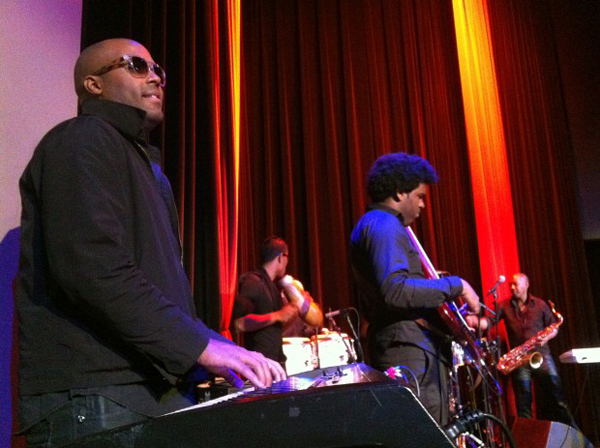
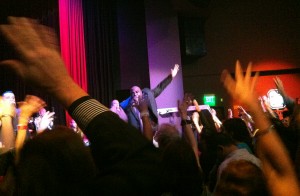
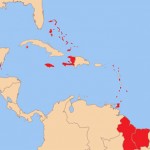
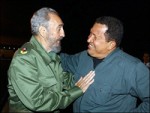


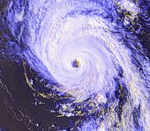
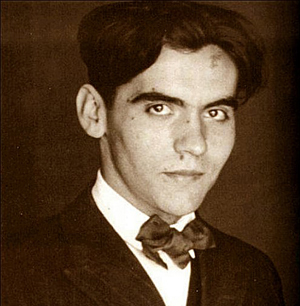
Comments
With Havana Flights, Cuban Musicians Return to Bay Area — No Comments